- Learning time
- 40 minutes
- First play time
- 120 minutes
San Quentin Kings
Designed by: Nate Hayden
San Quentin Kings is not, repeat NOT, a family game. The theme imagines the players as rival gang leaders in the notorious San Quentin jail, seeking to improve your reputation in a variety of dastardly ways: narcotics, contraband, bribery, and outright violence. If you’re looking for a game to play with the kids, it might be best to move on.
But if you’re still here, we can say the play of the game is suitably combative. The game takes places over three ‘years’ and in each game year every area of the prison gets activated, and players fight over the benefits by employing their gang members. Fight for the aforementioned contraband and drugs, the rather bleak shank cards, or you can also recruit new gang members for the cause. In each case there is a blind bid at the start of each round, where players simultaneously reveal how many gang members they’re sending to this particular punch-up. There are three types of gang members that each have a specialist area where they are more effective (functioning as tie-breakers) but you can bid as many as you like of as many types. The blind bid, though, is just the opening roundhouse in a series of punches – there are now three rounds of fighting where players can increase their strength by adding matching gang member cards from their hand, or risking flipping a card or two from the deck: this can benefit you, but it can also get you sent to solitary, killed, or just as bad, out on parole.
When the rounds are over there are rewards for first, second and third players in the fight. First place also gets a point on the fight track, which provides big points for the most feisty gang at the end of the game.
There are also two areas that don’t involve fighting – working out at the gym (improving the strength of your gang members) or trading in contraband for bribes, which can be used to various detrimental effects.
After the third year there’s one final fight – a riot in the yard – before points are tallied. The winner is crowned king of San Quentin and celebrates their life of violence, probably in some suitably despicable way.
The guru's verdict
-
Take That!
Take That!
Plenty. It's a series of fights, and they are not particularly noble.
-
Fidget Factor!
Fidget Factor!
First play high; repeated plays low to moderate. See Brain Burn...
-
Brain Burn!
Brain Burn!
You want to win every fight, but you don't have enough gang members for that. So you need to choose carefully, and gauge what the other players might be up to. Having the stronger force at the start of a fight is good, but the luck of the draw may also see you fall behind when others draw matching cards and your guys get sent to solitary. Trying to allow for this ill fortune and react to it tactically is key.
-
Again Again!
Again Again!
It really depends how you feel about A. the theme and B. the appropriately combative play. Certainly there's strategy and tactical play to be had here.

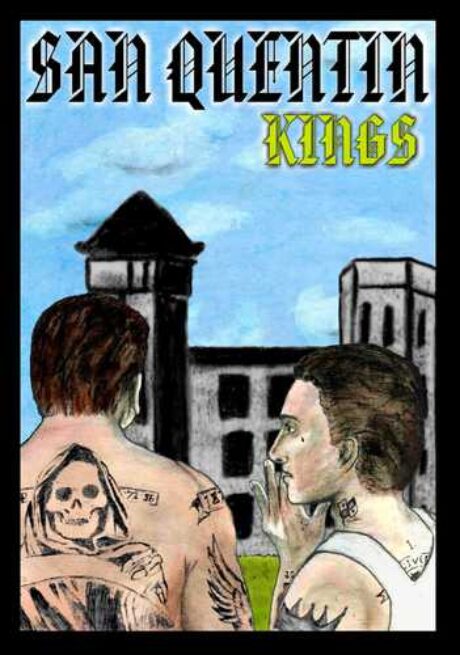

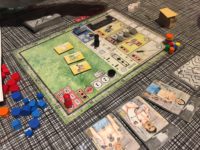
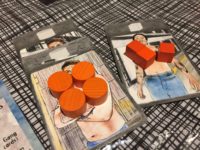
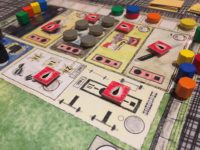



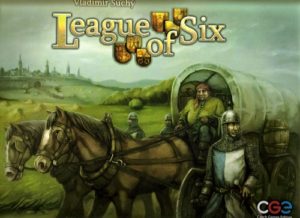
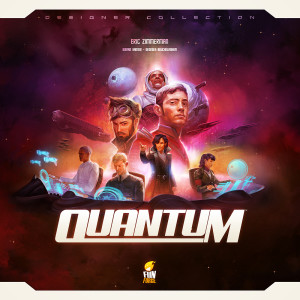
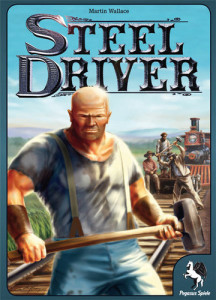
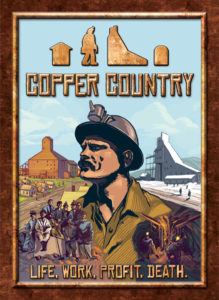
Sam says
I can't see myself introducing this to the kids and I guess for some the theme might come across as just too bleak or cynical. My play did feel long, too - much like prison would, I suppose - though to be fair, we were playing with five. And, to complete my triplet of reservations, in an age where boardgames often come with lustrous artwork, the appearance of San Quentin Kings doesn't do it any huge favours either - it looks like a school project. But that said, the home-spun art feels kind of apt - and there is a solid game here. If you like a (thematic) scrap with an adult theme, and random events like parole or death thrown in, SQK is not a bad call.